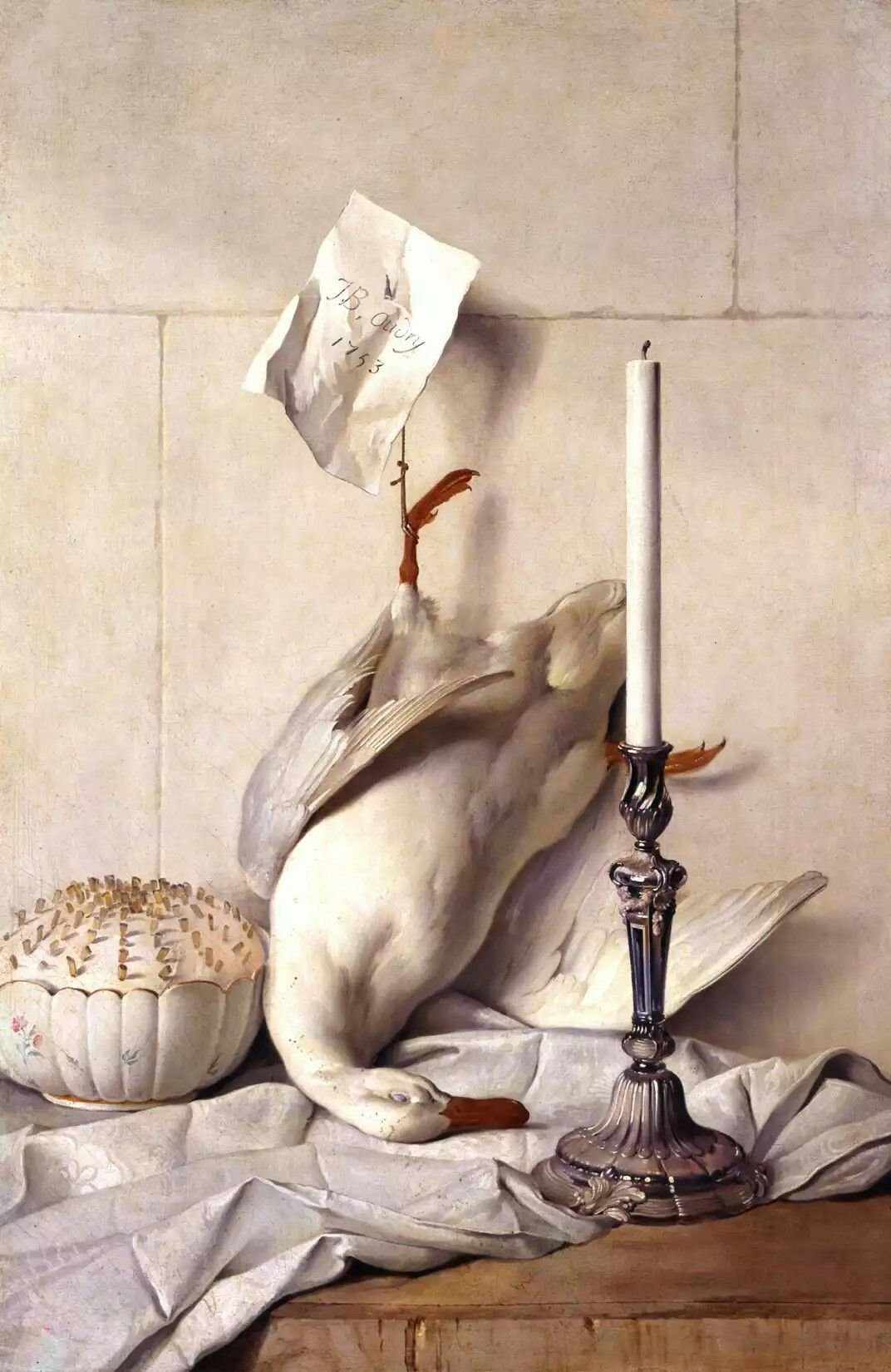More than thirty years ago, “The White Duck,” also known as “Le Canard Blanc,” a painting by 18th century French artist Jean-Baptiste Oudry, was stolen from Houghton Hall in Norfolk, England.
Where the Theft Happened
Houghton Hall, in Norfolk, England, is the residence of the 7th Marquess of Cholmondeley. It was built in 1722 by Sir Robert Walpole, a British statesman and the de facto first Prime Minister of Great Britain. Walpole, viewed as one of the greatest politicians in British history, is known as the longest-serving British prime minister, holding that position, in all but name, from 1721 to 1742.The town of Walpole, Massachusetts, founded in 1724 is named for him.
Walpole, who became the 1st Earl of Orford in 1742, built Houghton Hall, a grand Neo-Palladian building surrounded by a thousand acres of parkland, on the site of earlier Walpole family homes. He held extravagant hunting parties, hosted royalty, and entertained fellow politicians in that Norfolk residence.
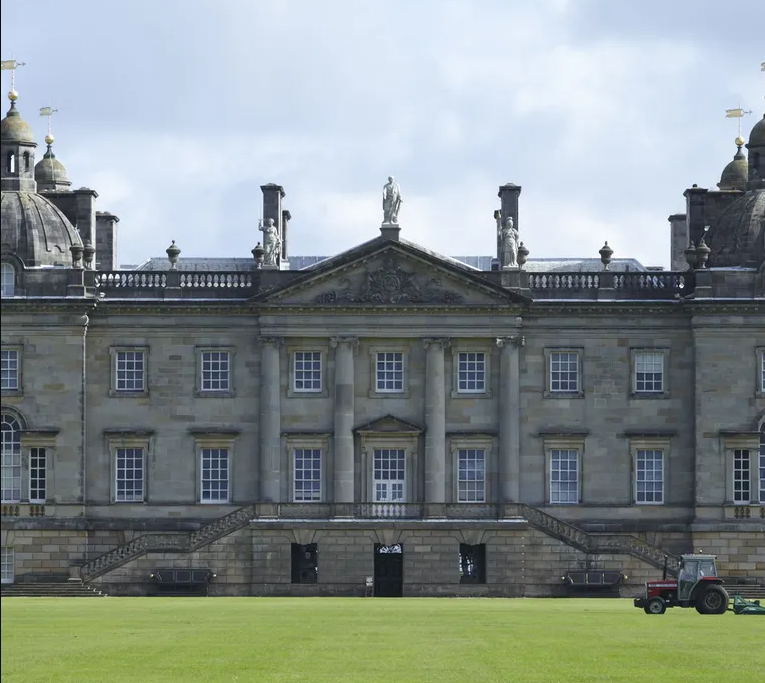
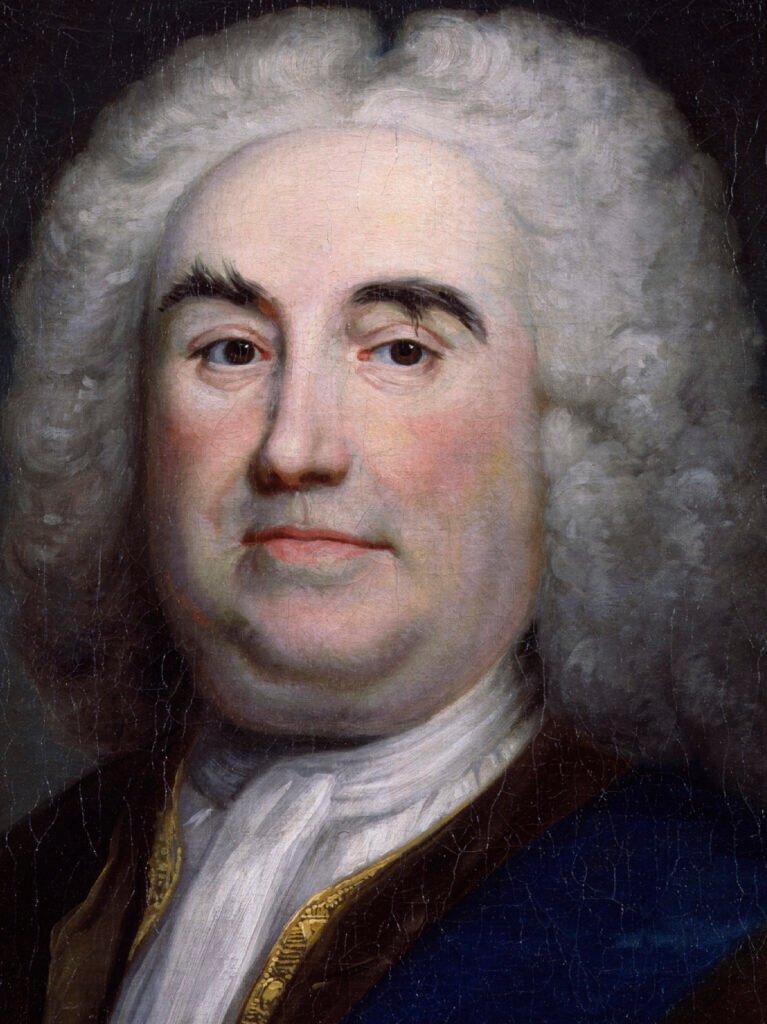
Houghton Hall was also the home for much of Walpole’s extensive art collection, known as the Walpole Collection, which included Old Master paintings by artists such as Anthony Van Dyck, Nicholas Poussin, Peter Paul Rubens, Rembrandt van Rijn, Hans Holbein and Diego Velázquez. Jean-Baptiste Oudry’s painting, “The White Duck,” painted in 1753, was not part of the Walpole Collection at the time of Sir Robert Walpole’s death in 1745.
Unfortunately, after his death, Sir Robert Walpole’s heirs were burdened with a great deal of debt. As a result, much of the Walpole Collection was put on the market in 1779 by Sir Robert’s youngest son, Horace Walpole, the 4th Earl of Orford. A large part of that collection, in excess of 200 works, was purchased by Catherine the Great of Russia for more than $10 million USD in today’s currency and shipped to the Hermitage in St. Peterburg. Oudry’s “The White Duck” was not among the paintings sold.
Horace Walpole had hoped that King GeorgeI III would purchase those works for the Royal Collection, but the king and Parliament had more pressing matters at the time, such as the rebellion of the American colonies. Horace Walpole dispiritedly wrote to a friend at the time:
“I have lived to see the last of that posterity, and to see the glorious collection of the pictures that were the principal ornaments of the house, gone to the North Pole; and to have the house remaining half a ruin on my hands.”
In what could now perhaps be viewed as a gift from the art gods, there was a large fire at Houghton Hall in 1789. If those paintings in the Walpole Collection had not been sold, many of them most likely would have been destroyed in the fire.
Interestingly, part of the collection in the Hermitage returned to Houghton Hall for a four month visit in 2013. Lord Cholmondeley, a descendant of Mary Walpole, Sir Robert’s younger daughter, had inherited the estate and, with the assistance of the British government, arranged for an exhibit at Houghton Hall of 70 works from the Walpole Collection that had been sold to Catherine the Great.
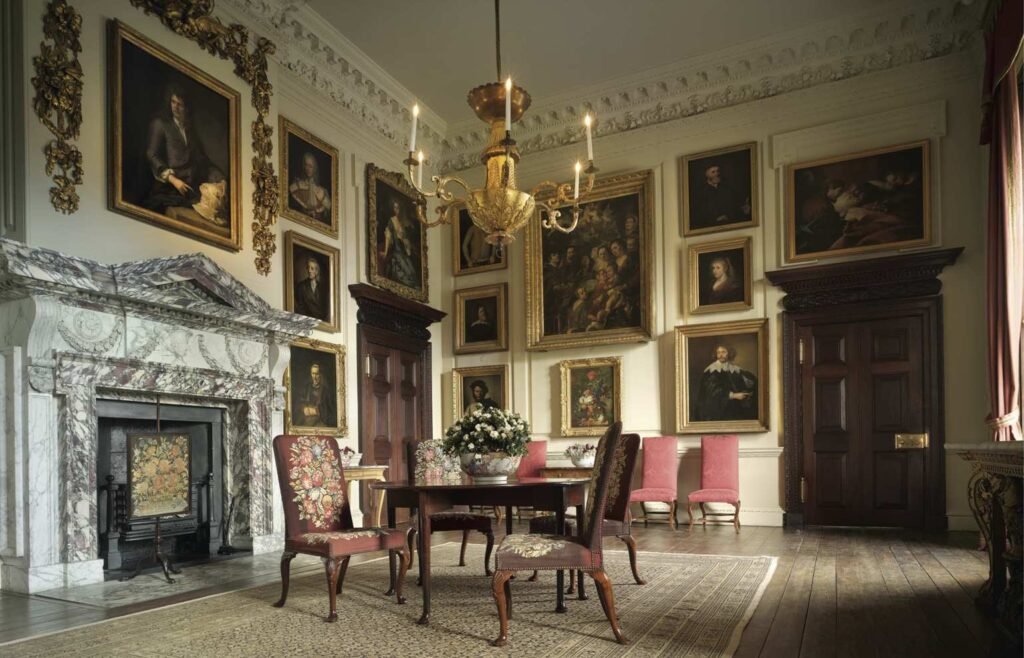
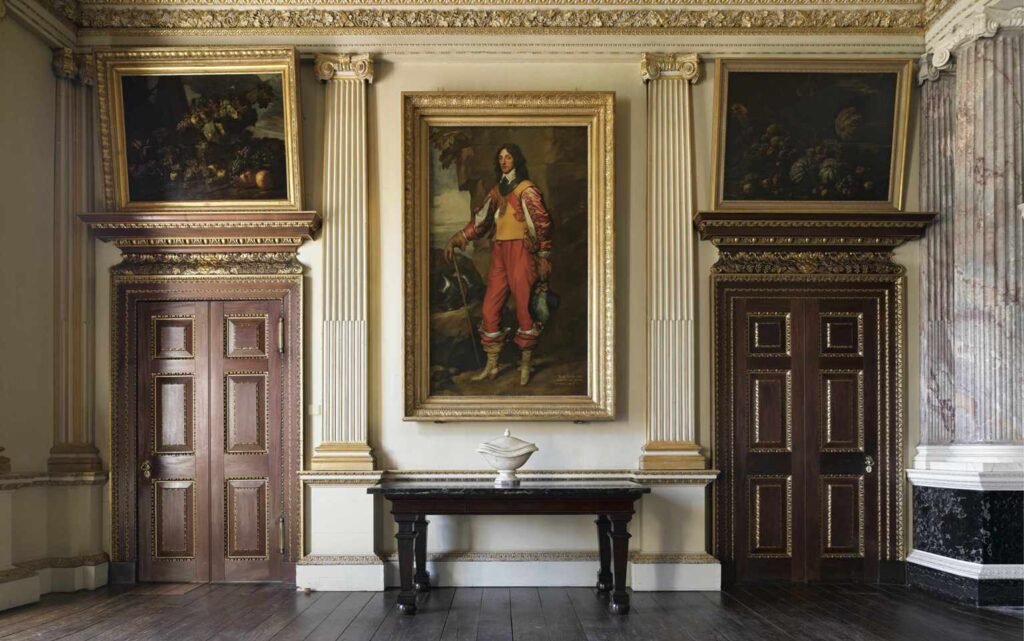
This loan, from a foreign national museum to a private home with the British government indemnifying the exhibit, was unprecedented. During the exhibit, those works were displayed in the same positions they had occupied before the 1779 sale.
Missing from the art on display at Houghton Hall during that exhibit in 2013 was a painting from what is now known as the Cholmondeley Collection – “The White Duck” by Jean-Baptiste Oudry, which had been stolen more than 20 years earlier.
Today, Houghton Hall and its grounds are open to visitors. Since 2015, Houghton Hall has hosted exhibitions of contemporary art and sculpture, including works of Damian Hirst, Henry Moore and Anish Kapool. In addition, the stable block of Houghton Hall houses the Cholmondeley Collection of Model Soldiers, the world’s largest private collection of model soldiers, including more than 20,000 figures and detailed battle scenes such as the Battle of Waterloo.
How the Theft Happened
There is very little public record about any details of the theft of Jean-Baptiste’s painting, “The White Duck,” from Houghton Hall. Some accounts list the year of the theft as 1990, and others list it as 1992. No specific date or details about the theft are ever given.
It appears that the painting and several antique clocks were taken from one of Houghton Hall’s rooms at some point between 1990 and 1992. Nothing more really seems to be known. To date, no information has been uncovered about the location of the painting or the identity of the thief.
How to Identify this Missing Piece of History
The missing painting, an oil on canvas painted in 1753, is 95.3 centimeters high by 63.5 centimeters wide. It is a still life, depicting a dead white duck, hanging upside down by one foot strung with twine onto a hook, with its head on a wooden table partially covered by a white cloth, and with a silver candlestick and white porcelain bowl on either side of the duck’s body, all on a background of white tiles.
Oudry’s signature is found in an unusual location in his painting. A crumpled paper on the hook from which the duck hangs identifies the artist as “JB. Oudry,” with a date of 1753. This exquisite work, with its monochromatic white color scheme, flickers with life through Oudry’s delicate and precise use of light and shadow.
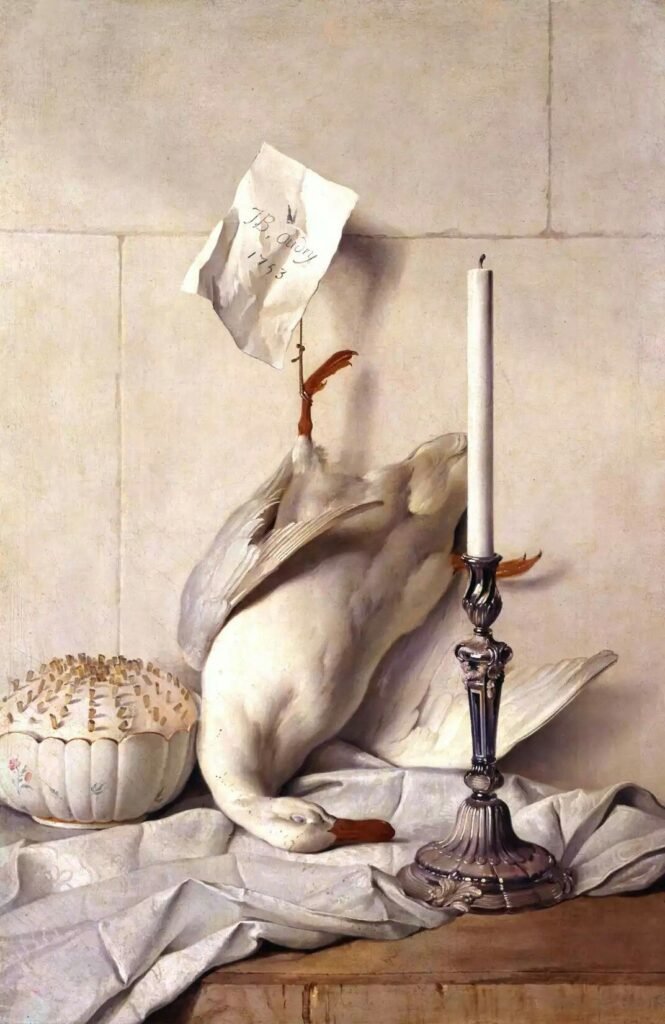
Why this Missing Piece of History is Important
Jean-Baptiste Oudry, like Thomas Gainsborough and Francisco Goya, was a Rococo artist in the 18th century. He was known as a court painter for Louis XV of France.
Oudry, born in Paris in 1686, was the son of the director of the Académie de St-Luc art school, from which he graduated at the age of 22. At that time, he was primarily a portrait painter, but also did still life and animal paintings. In the late 1720’s, Oudry painted several works for the Marquis de Beringhen, the hereditary master of the French royal stables.
He was then commissioned in 1730 to paint a work that altered his career – “Louis XV Hunting a Deer in the Forest of Saint-Germain.” As a result of that painting, Louis XV, a passionate hunter, appointed Oudry as Painter-in-Ordinary of the Royal Hunt. In this position, Oudry painted portraits of the day’s kill from Louis XV’s hunts. He was given an apartment in the Louvre and a workshop in the Tuileries.
Oudry was also involved in designing tapestries. In 1734, he was made head of the Beauvais tapestry works and, in 1736, became inspector general for the famous Gobelins tapestry factory. In that role, between 1736 and 1749, he designed a series of tapestries depicting Louis XV’s hunts. His tapestries, as with his paintings, were known for their tonal subtlety and compelling depictions of nature. During this time, Oudry rejected offers of commissions from Tsar Peter the Great and the Danish royal family, as he did not want to leave France. After suffering two strokes, he died in 1755.
Just this past year, from October 2024 through January 2025, an exhibition of Oudry’s works, “Oudry, Painter of the Court: The Royal Hunts of Louis XV,” was held at the Château de Fontainebleau. This exhibit included paintings by Oudry, as well as drawings, tapestries and books he illustrated, all demonstrating his influence on the decorative arts of his time. For the first time, the monumental Gobelin tapestries of Louis XV’s hunt that had been designed by Oudry were shown alongside Oudry’s preparatory drawings and cartoons for those pieces.
What to Do if You Know Where This Missing Piece of History Is
If you recognize Jean-Baptiste’s painting “The White Duck,” have any information about it, or know its whereabouts, please call us at 1-202-240-2355 or send us an email at contact@arguscpc.com.
Read more “Still Missing” articles here: https://arguscpc.com/category/still-missing/
